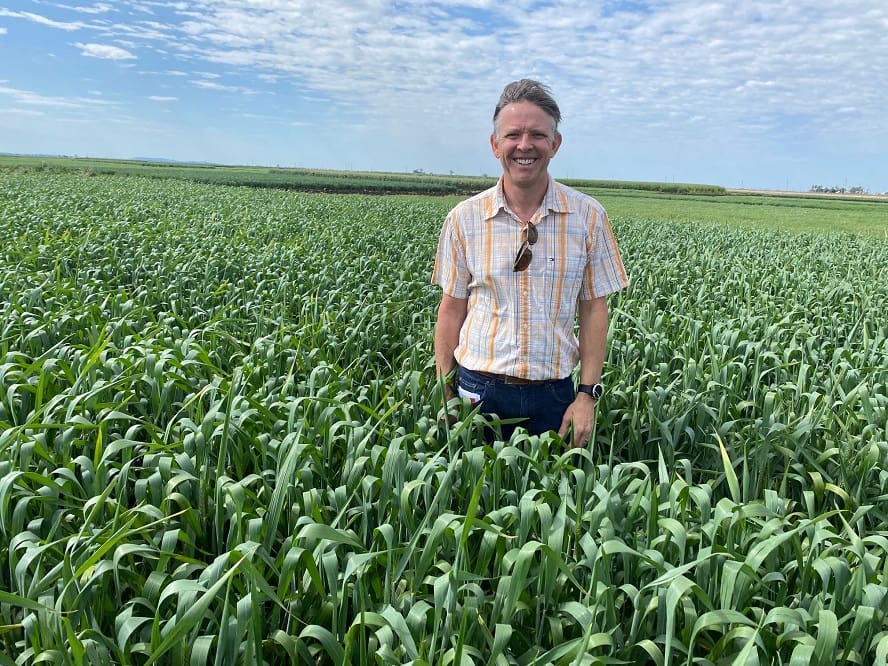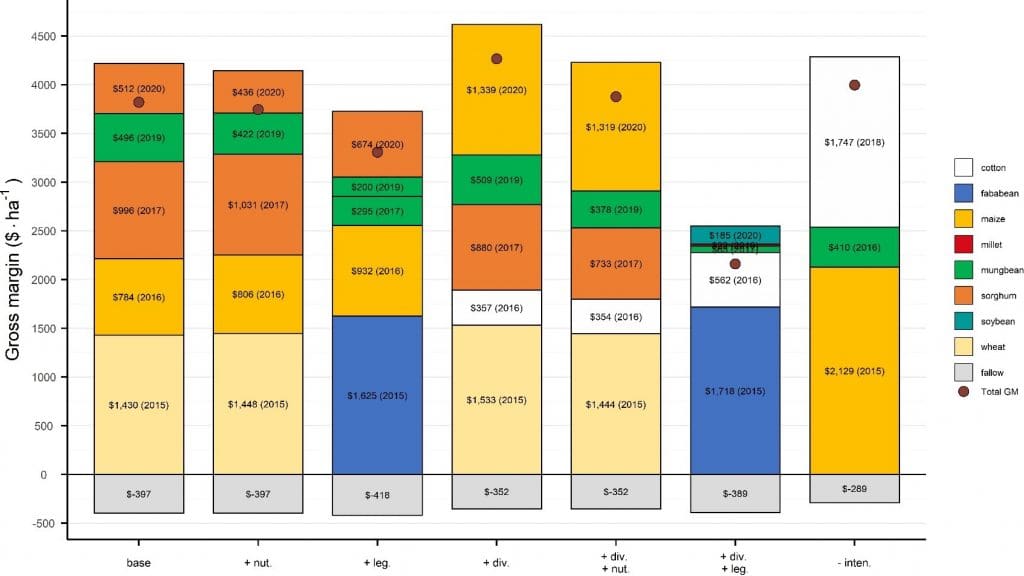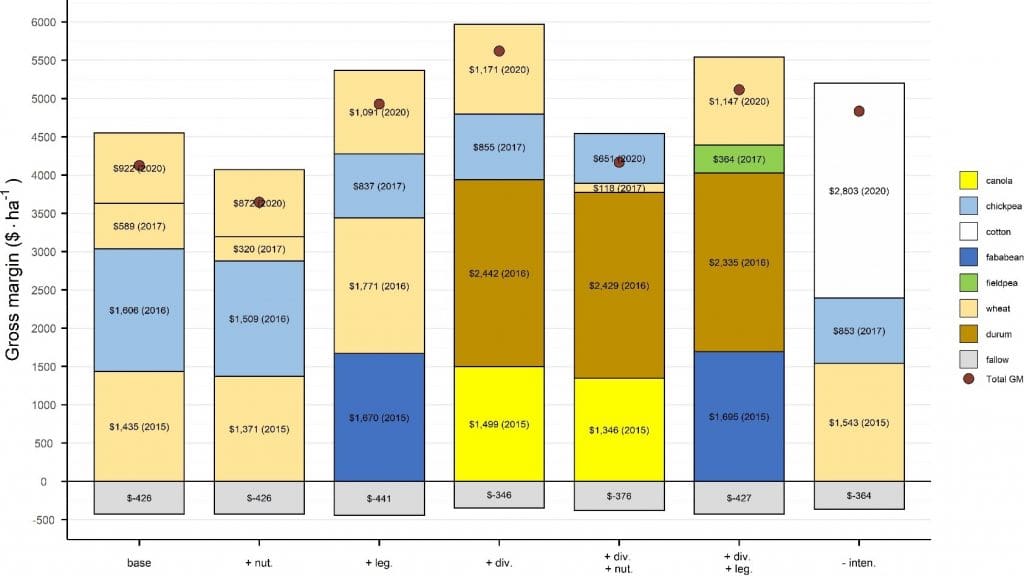
CSIRO farming systems agronomist, Lindsay Bell, and a team of researchers are assessing how different cropping intensities and nutrient strategies alter the profitability and efficiency of a farming system.
A LONG-RUNNING farming systems project in the northern farming zone is showing that a grower’s approach to cropping intensity can be a key factor in determining profitability.
The Northern Farming Systems research project, which is funded by the Grains Research and Development Corporation (GRDC) in partnership with the CSIRO and NSW and Queensland departments of primary industries, has been testing a range of farming system practices over the last six years.
It is assessing how different cropping intensities and nutrient strategies alter the profitability and efficiency of a farming system.
Among the systems being tested are high crop intensity, low crop intensity, high legume frequency, high crop diversity and high nutrient supply.
The extensive trial, which has sites across a range of different cropping environments from Emerald in Central Queensland to Trangie in Central West NSW, has another four years to run.
CSIRO farming systems agronomist, Lindsay Bell, said the underlying aim of the work was to understand how changes in farming systems played out across those different environments in different ways.
“We are playing with the levers that we think are important to driving the efficiency of a farming system,” he said.
“They include how intense the cropping is, how much time we have crops in the ground.
“That is based on the amount of soil moisture accumulated, whether we are planting more crops with less moisture or whether we are being far more conservative and only planting crops when there is a full profile of moisture, but making sure those crops are highly profitable.
“We are changing the mixture of crops, sometimes increasing the frequency of legumes and sometimes using far more break crop options.”
Speaking yesterday at a field day at one of the main sites at Pampas on the Darling Downs, Dr Bell said the trial results of the past six seasons were showing that cropping intensity had a big impact on profitability.
“The higher intensity systems where we are being more aggressive and growing more crops with less moisture have been shown to be less profitable at all the sites over the six years we have run this so far,” he said.
“On the other hand, being too conservative has also had some costs. At the Pampas site we haven’t had many crop opportunities. We have only grown three crops in the last six years. Whilst those crops were profitable, that system is still lagging behind in terms of overall profit.
“So, it shows that intensity is a big lever. But it also shows there is capacity to diversity our systems in many cases and grow some alternative crops that might help us manage pathogen or weed problems. In some cases that can be done in a reasonably profitable fashion.”
Dr Bell said the other big ‘lever’ being investigated was the approach to nitrogen fertilisers, either with a more conservative approach or being aggressive by fertilising the crops to maximise their water-limited yield potential.

Figure 1: Accumulated crop income (stacked bar), fallow costs (grey bar) and gross margin (red dot) over 6 years of crop sequences deployed in summer-dominant cropping systems modified from the baseline (base) to increase nutrient supply (+nut), legume frequency (+leg), and crop diversity (+div.) and combinations of these modifications.

Figure 2: Accumulated crop income (stacked bar), fallow costs (grey bar) and gross margin (red dot) over 6 years of crop sequences deployed in winter-dominant cropping systems modified from the baseline (base) to decrease crop intensity (-inten.), increase nutrient supply (+nut), legume frequency (+leg), and crop diversity (+div.) and combinations of these modifications.
Real-farm situations
Dr Bell said all the farming systems being assessed in the project were within the scope of what farmers would be able to deploy with their current technology.
“The choices of crops we make are all crops that would be viable. Some of them aren’t commonly grown in those regions because we get forced into growing some break crops which, in some cases, are showing to be reasonably profitable options and in some cases not so. That is part of our research to try to understand their benefits, but also their costs,” he said.
“Economics is what drives decision-making. We are trying to understand what drives that economics – water, nitrogen, pathogens, weeds – and how they interact. It ultimately comes down to the dollars per millimetre of moisture we can generate in our farming systems.”
To ensure the work replicates real-farm situations, researchers collect data on the grain yields of the crops, the total inputs of fertilisers, seed, herbicides and other pesticides, and the farming operations, from which cash flows and income are calculated for each of the cropping systems at each location.
Consistent prices for each commodity and input are applied across all locations to avoid discrepancies.
All grain yields are corrected to 12 per cent moisture irrespective of harvest moisture levels.
The price for the harvested grain is based on inflation corrected average grain prices for each crop over the past 10 years.
Grain Central: Get our free cropping news straight to your inbox – Click here



HAVE YOUR SAY